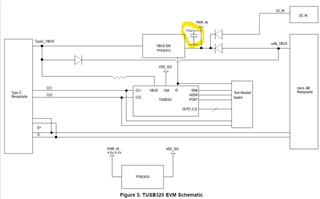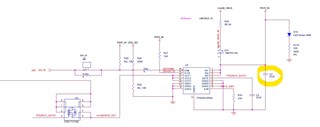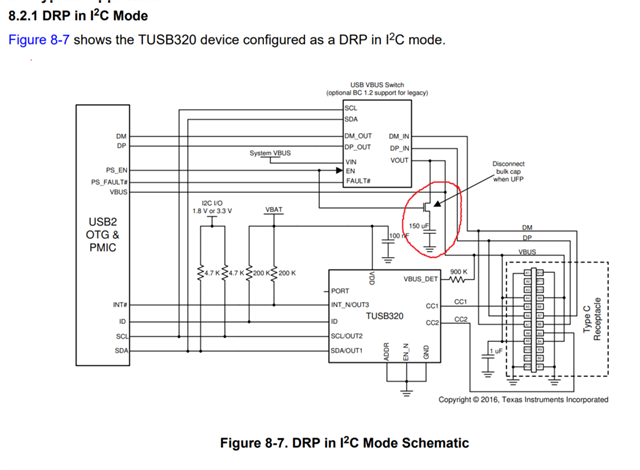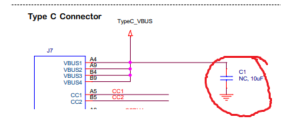Other Parts Discussed in Thread: TUSB320
Hi,
I want to extend my question deriving from https://e2e.ti.com/support/interface-group/interface/f/interface-forum/1298725/tusb320-drd-mode---schematic-proposal?tisearch=e2e-sitesearch&keymatch=tusb320#
As I have seen at your eval board "TUSB320 Evaluation Module" - you place a buffer capacitor at the IN side of TPS25910RSA.
Can you explain me, why this is placed at the IN side and not at the OUT side of it?
My assumption is, that the capacitor is disconnected immediately in case of micro AB is in UFP mode?
Can you confirm this?









